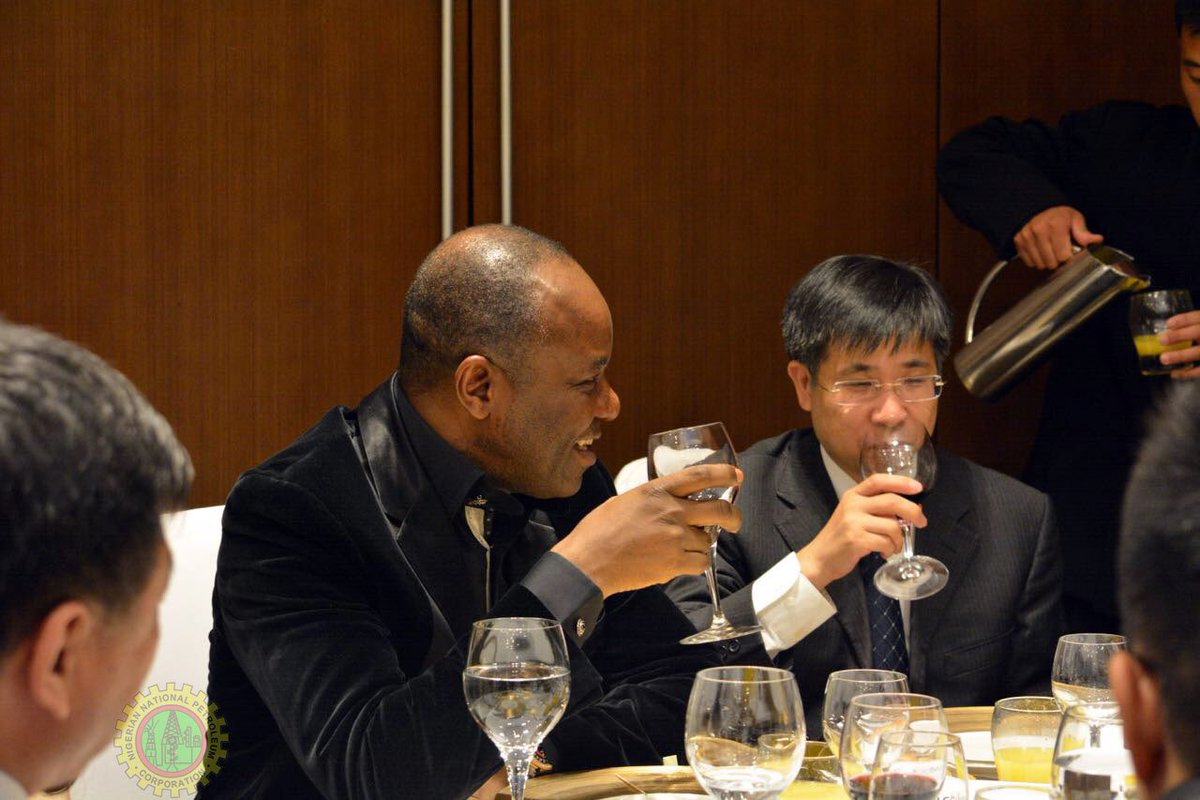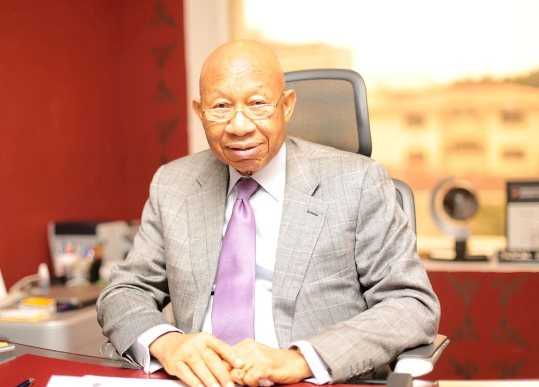Regardless of the much touted “infrastructure deficit” of the Nigerian market, there have been unprecedented flow of investments from multinational manufacturing corporations into various sectors of the economy in the last decade. Testaments to this flow are the firm roots established in Nigeria by the likes of SABMiller, Bayer, General Electric, Arla Foods, BASF and Bosch among others.
These multinational corporations are here to do good business, and are affirming the potential of Nigeria as an exceptional, exciting and largely unexploited consumer environment offering a huge opportunity for agile local and global enterprise in all sectors.
Just like the venturing enterprises, I am extremely confident in the opportunity here. Nigeria is a market that manufacturers and original equipment manufacturers cannot ignore. Truly, the market is challenged for now, but this does not detract from its exciting future.
However, I have a concern, a major one. I cannot confidently say that home-grown enterprises are equally positioned to take advantage of opportunities in their home market. Unlike multinational corporations and/or budding enterprises from Asia and Europe, Nigerian companies are deterred from rising to national acclaim and stupendous Returns on Investments by high costs of funds.
Advertisement
Bringing this home, in the fashion industry in which I do business, some of the hottest trends are coming out of Nigeria. Yet, the local multi-billion Naira industry is largely serviced through distributive trade dominated by offshore manufacturers. The local textile and garment manufacturing value change are nearly comatose, transferring benefits accruable to Nigeria such as employment creation, industrialisation, currency stability, and market surpluses to Asia, Europe and the Americas.
Ironically, we once had a thriving textile industry. From the 1950s up to the 1980s, the country had over 140 textile manufacturing industries, accounting for 25% of the nation’s employees in the manufacturing sector. The industry once employed about a million people, contributing about 15 per cent of the manufacturing sector earnings to the Gross Domestic Product (GDP) and accounted for over 60 per cent of the textile industry capacity in West Africa. The industry so thrived that it ranked as the 3rd largest textile producer, only behind Egypt and South Africa.
However, with the government’s apparent focus on the oil sector in the 1980s as a result of the oil boom and the subsequent abandonment of the primary sector, the development of the textile industry gradually became stagnated. Funding it no longer became a priority for the federal government and state governments which owned textile companies.
Advertisement
The economic recession of the 1990s further compounded the woes of struggling textile manufacturers and many of their secondary sector counterparts. With the banks only willing to lend to the lucrative oil and gas sector, they were unable to procure raw materials and modern machinery. Year on year, a yawning gap was created with the vacuum being filled through distributive trade that benefits only foreign enterprises and economies.As such, an industry whichonce boasted of an annual growth rate of 67 per cent in 1991 now has 25 textile mills operating, with all running at less than 40 per cent of installed capacity and employing just over 25,000 people.
On the other hand, the well-funded textile industry in India is the 2nd largest employment generating sector in the country, offering direct employment to over 35 million people. It contributes 13 per cent to the export earning of the country and around 4 per cent of India’s GDP.
For instance, public-private partnerships drive the textile industry in the United States of America (USA). This has seen investments in the sector soar to the tune of $1.8 billion in total capital expenditures in 2014 and US exports of textiles increase by 39 per cent between 2009 and 2015, to $17.6 billion.
Taking learnings from India and USA, where textile manufacturing is making huge economic contributions and driving growth and development, Nigeria’s near comatose textile industry can leapfrog from inefficiencies to efficiency just like the now booming telecommunications sector.
Advertisement
Though not elected to be a business entity, government must do more for the fashion value chain than providing the fashion intervention fund being presently disbursed by the Bank of Industry (BOI). It must breathe life into fund raising alternatives that include a credit guarantee scheme, venture capital funding, second-tier fund raising market on the Nigerian Stock Exchange, and cluster financing, among others in order to deepen access to credit across the industry value without the usual stringent collateral requirements set by the commercial banks.
Only by enacting all these would Nigeria benefit from the textile industry’s potential to galvanise job creation, raise household incomes and improve food security due to increased trade. Unfettered access to funding by players in the fashion industry value chain will ultimately boost Nigeria’s economy.
Ademiluyi is founder and CEO, Africa Fashion Week Nigeria & London.
Advertisement







